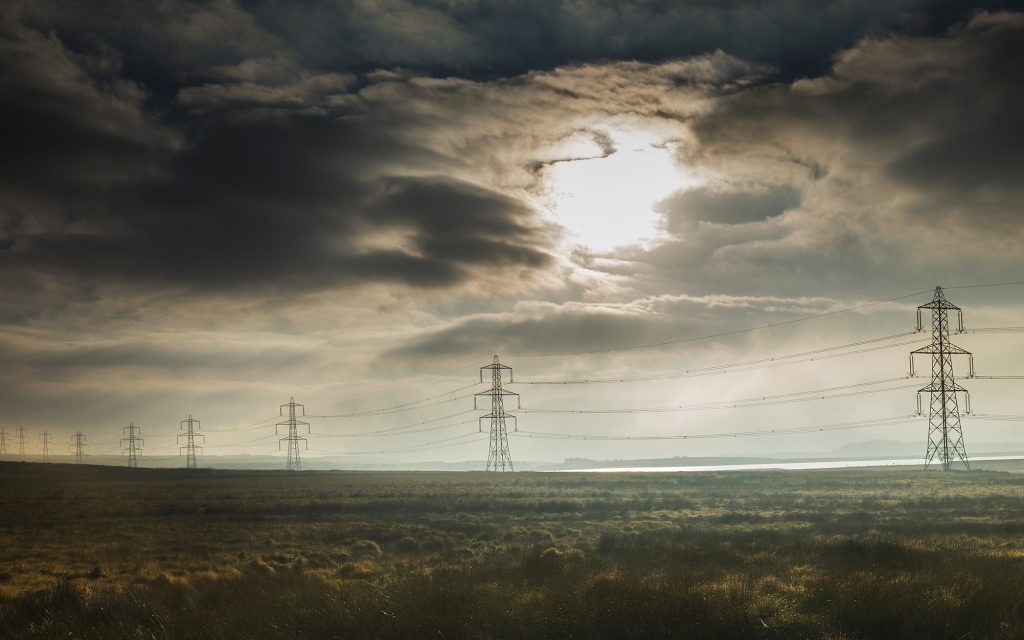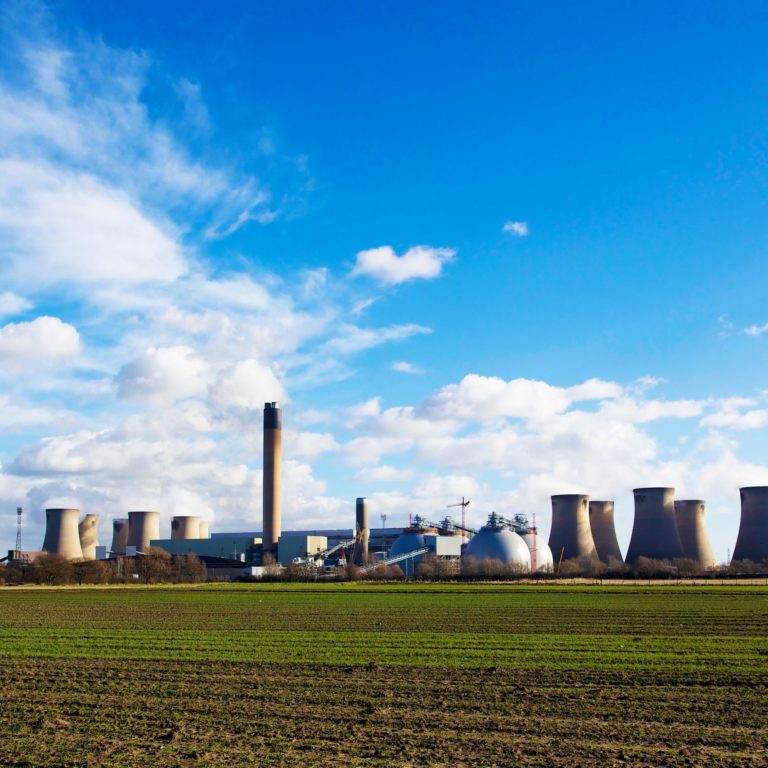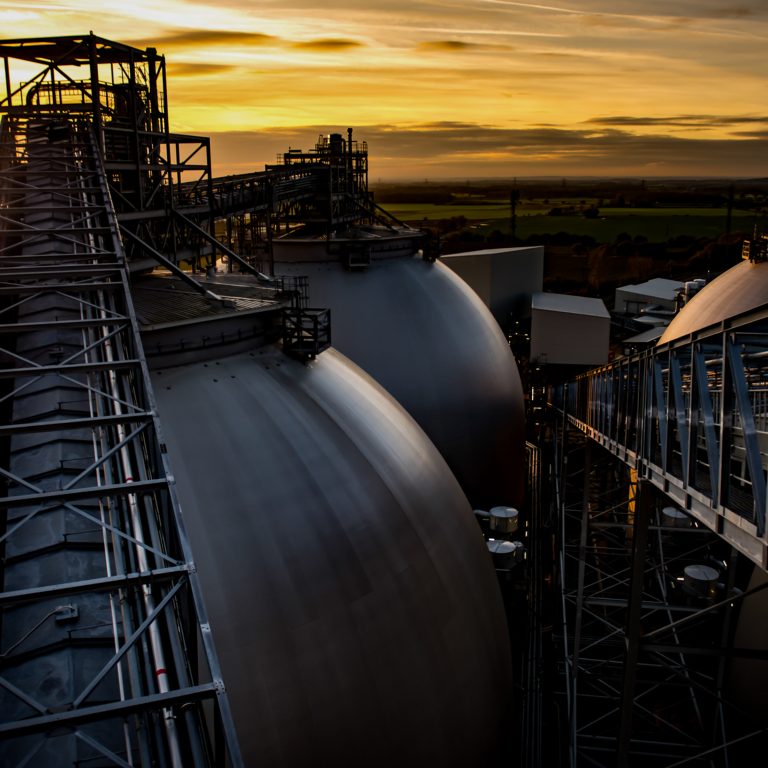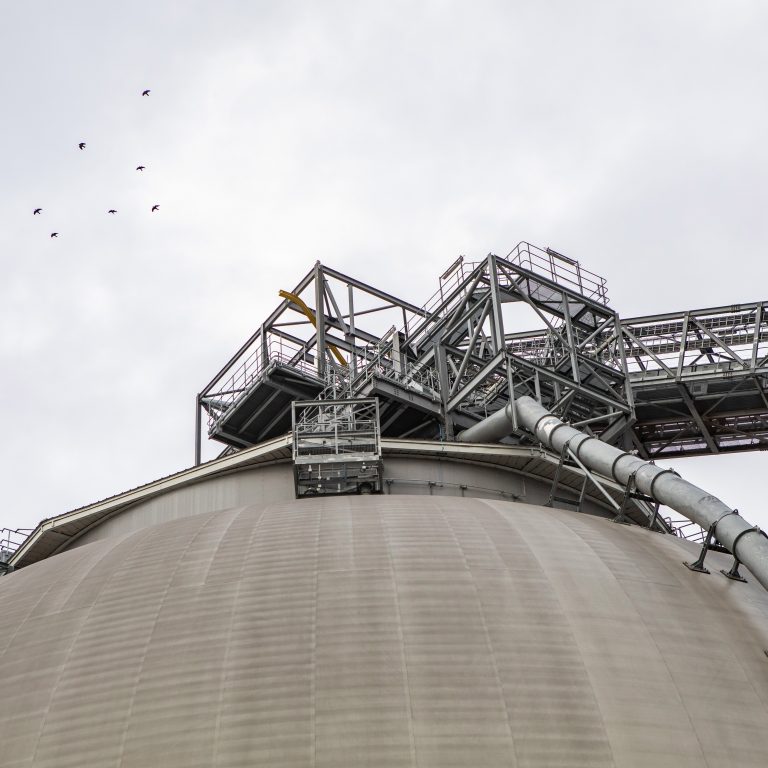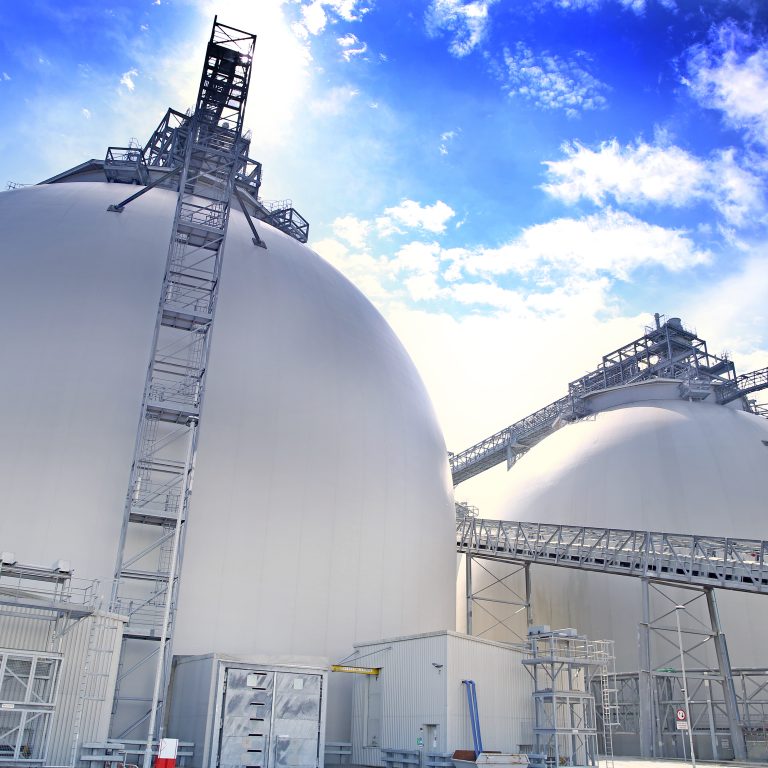To make up for these closures, the Government is already planning to bring on new capacity. A new gas-fired power station will open at Carrington this summer, and we’re expecting to hear any day now that another nuclear power station will be created at Hinkley Point. And of course more electricity from renewables must be added over the years ahead as we look to meet our ‘go green’ targets.
In fact, the Government already has a plan in place to award contracts for new green energy off the back of three auctions over the next four years. The first of them is due later this year.
Drax understands that every one of those auctions is focused on offshore wind.
However, new independent research published by NERA Economic Consulting and Imperial College London questions that ‘single technology’ approach.
Commissioned by Drax Group plc from leading economists, the research reveals the ‘true’ cost of the main forms of renewable energy – wind, solar and biomass.
And the evidence shows that opening up these auctions to include other renewables could result in significant savings that could be passed on to consumers.
Where could these savings come from?
Renewables like wind and solar are vital, but they are by their very nature intermittent. That means other forms of power generation need to be available on standby at very short notice to meet the gap between supply and demand.
The costs of providing this standby electricity are passed on to consumers in their energy bills.
But crucially, they are not reflected in how the Government ranks the support that each type of renewable energy requires. Essentially the costs are hidden.
The NERA/ICL research shows that if these ‘hidden costs’ are added in, the true picture is very different.
When the true costs are taken into account, the Government’s preferred option – offshore wind – turns out to be the most expensive. In fact, the cheapest option is deploying new technology to existing power stations, enabling them to use biomass – essentially replacing coal with compressed wood pellets.
All in all, getting cheaper renewables into the mix could save consumers up to £2.2bn. How? Support for renewables is already funded through a portion of your energy bill, and bringing in a more cost-effective mix reduces the support needed.
That is why we at Drax are urging the Government to look at the true costs of new renewable capacity and include us in the mix for new power contracts.
To do so would not only lead to a potential £2bn saving for consumers, but replacing more coal with biomass gives the UK that reliable standby power we know we will need when other renewables can’t deliver it.
Using the latest technology we’ve already upgraded half of our Power Station to run on compressed wood pellets. The job’s not done. With the right support we want to carry on with the work we’re doing and help the Government to achieve its target of getting coal off the system by 2025.








